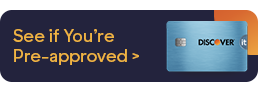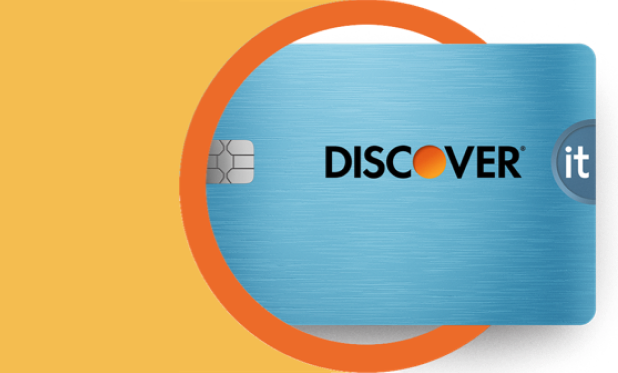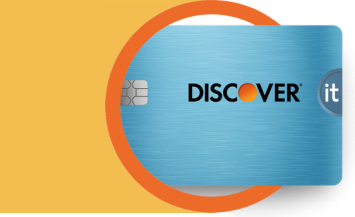Do you have a Discover credit card? If so, the more you know about your billing cycle, statements, and payments options, the easier it will be to manage your account. There are also a few account features that can make your life easier, such as email and text alerts and the Discover mobile app.

A Guide to Discover Billing
3 min read
Last Updated: February 20, 2025
Next steps

See if you're pre-approved

View all Discover credit cards
See rates, rewards and other info
You may also be interested in
Was this article helpful?
Was this article helpful?




